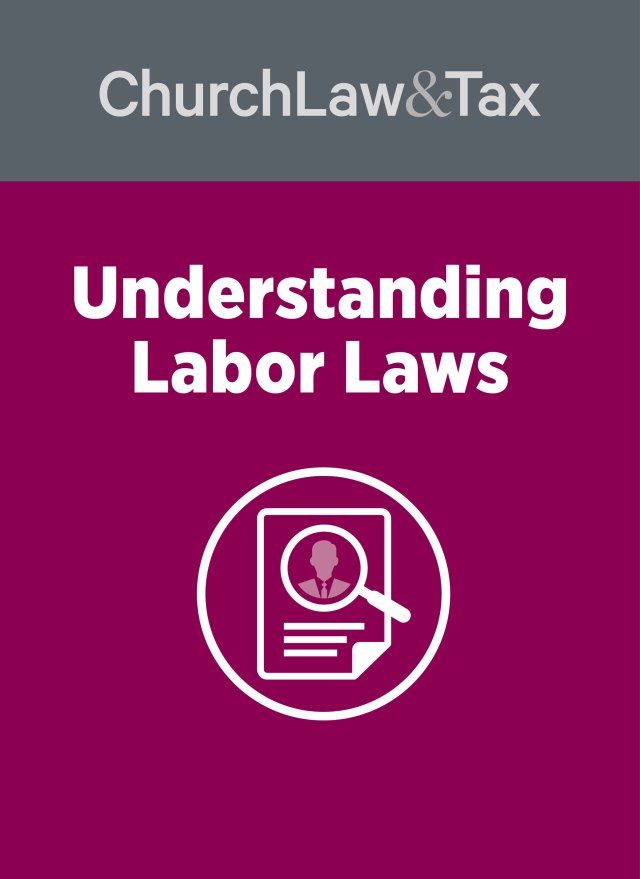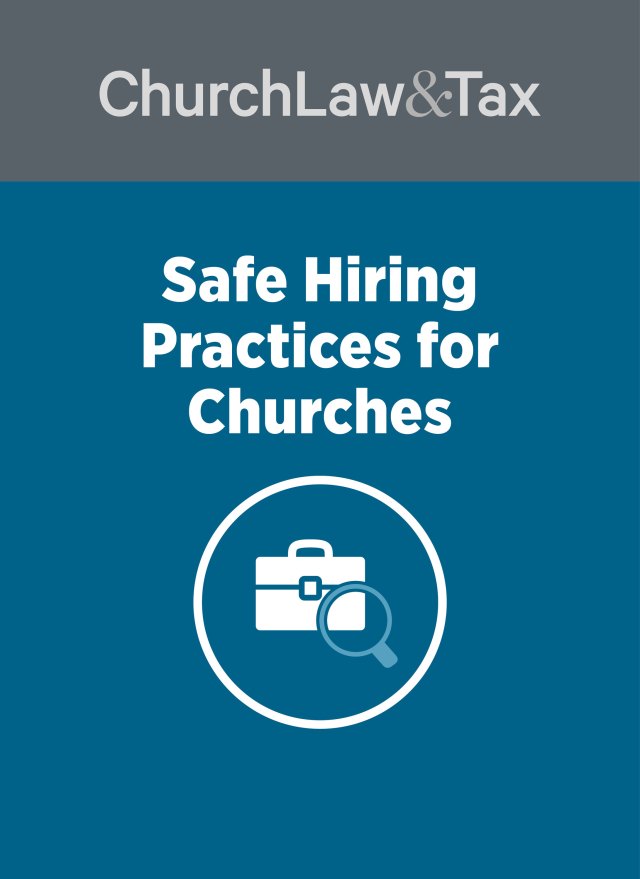A federal appeals court ruled that the 15-employee requirement under Title VII of the Civil Rights Act of 1964 could not be met by combining the employees of a church and affiliated entity, since they were not sufficiently related organizationally. A maintenance worker (the “plaintiff”) at a church-affiliated apartment building (the “Manor”) sued the Manor as a result of his supervisor’s acts of sexual harassment in violation of Title VII of the Civil Rights Act of 1964. Title VII prohibits any employer, including a church, that is engaged in commerce and that has 15 or more employees from discriminating in any employment decision as a result of a person’s race, color, national origin, sex (including sexual harassment), or religion.
The Manor is a not-for-profit corporation formally governed by its members, all of whom are also members of the church. The members select an 11-member board of directors, which in turn elects four officers. Under the Manor’s articles of incorporation, the church’s pastor serves as a director, and all other officers and directors must be members of the church. At the time of the alleged harassment, two of the directors were church ministers. None of the officers or directors are paid for their services, and most either have full-time jobs elsewhere or are retired. The board meets on an as-needed basis, which tends to be every three to five months.
The Manor asked the court to dismiss the plaintiff’s Title VII claims against it on the ground that it was not subject to Title VII since it had fewer than 15 employees.
The court noted that employers are subject to Title VII only if they have at least 15 employees on each working day for 20 or more calendar weeks in either the year in which the alleged discrimination occurred or the preceding year. Entities that do not have 15 employees may still face liability through the single-employer or joint-employer doctrines. Under these doctrines, the employees of two related entities are combined in applying the 15-employee requirement.
Under the single-employer doctrine, “two nominally independent entities are so interrelated” that all of the employees of one are attributed to the other. Swallows v. Barnes & Noble Book Stores, Inc., 128 F.3d 990 (6th Cir.1997). The joint-employer doctrine involves a business that maintains sufficient control over some or all of the formal employees of another business as to qualify as those employees’ employer. But unlike in the single-employer context, the two businesses are in fact independent. With a single employer, all employees are aggregated to determine whether the 15-employee requirement has been met. With joint employers, only the employees over whom the first employer maintains sufficient control are aggregated with its own formal employees. The plaintiff relied on both doctrines to meet the 15-employee requirement since the Manor, by itself, had fewer than 15 employees.
The court concluded that the Manor and church could not be combined to meet the 15-employee requirement of Title VII:
The employees of two or more entities can be aggregated for [purposes of the 15-employee requirement] if the entities effectively operate as a single employer. In making this determination, courts consider factors such as interrelation of operations, common management, centralized control over labor relations and personnel, and common ownership or financial control. The presence or absence of any of these factors is not conclusive, but “control over labor relations is a central concern.”
None of the elements of interrelatedness identified in Swallows—common offices, common record keeping, shared bank accounts and equipment—are present here …. The plaintiff has shown some evidence of common management, as the church’s pastor serves as the Manor’s chairman of the board and another minister serves as board president. This type of arrangement is not always enough by itself to meet the second factor, however. Each director has an equal vote in Manor business and nine of the eleven board members have no employment or pecuniary relationship with the church.
The plaintiff has failed to show that the church has any role in the Manor’s personnel matters, the “central concern” of the single-employer doctrine. The church has no authority to hire or fire Manor employees and does not pay their wages and benefits. The plaintiff points out that his supervisor’s termination notice is on church letterhead, but it is signed by the pastor, who is chairman of the Manor’s board, and by the Manor’s board.
Finally, the church has no ownership interest in the Manor and the two entities do not share finances. Neither is a sham corporation, and without evidence of a sham, the fourth factor is not met.
At most, the plaintiff has presented some evidence of one of the four factors. Accordingly, he has not met his burden under the single-employer doctrine and we will not aggregate church employees with the Manor’s employees to determine if the Manor satisfies the [15 employee] requirement.
What This Means For Churches:
This case is yet another repudiation of the “single employer” or “single enterprise” theory in the context of churches and their affiliated ministries. In many cases it is very difficult for plaintiffs to meet the 15-employee requirement under Title VII by combining employees of a church and affiliated ministries, based on the four factors enumerated by the court in this case. These same factors have been applied by many courts, and represent a tool church leaders can employ in determining whether Title VII’s 15-employee requirement can be met by aggregating employees of a church and one or more affiliates. Sanford v. Main Street Baptist Church Manor, Inc., 449 Fed.Appx. 488 (6th Cir. 2012).




